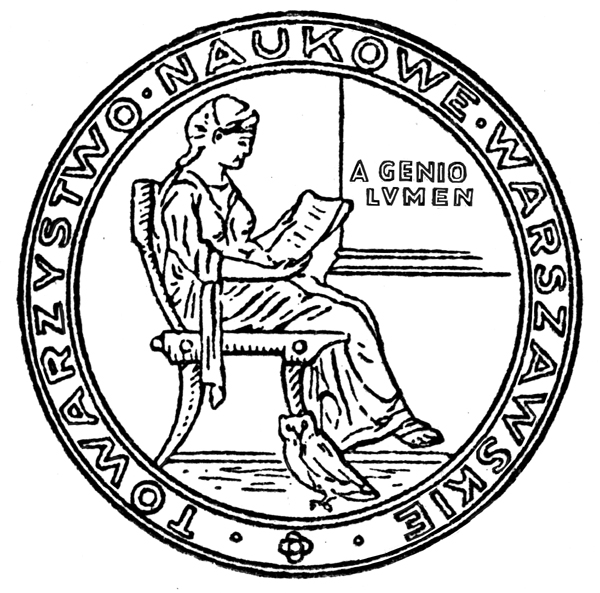In the summer of 1911, Mirosław, Józef Kernbaum’s son, committed suicide. He was an eminent physicist and author of pioneering works on the radiolysis of water. The son’s death, caused probably by personal reasons, shocked his father. To honour his memory, Józef decided to create a fund named after him and to subsidise Polish science.
Józef Kernbaum came from an assimilated and even Polonised Jewish family. He graduated in law from the Imperial University of Warsaw, but his vocation in life was to develop industry in the Kingdom of Poland and beyond. He was, among other things, a director of the chemical factory “Radocha” – Joint-Stock Society in Sosnowiec, where ceresine, paraffin candles, lead sugar and purified saltpeter were produced, and ran a Belgian pin and nail factory in Warsaw. He was also involved in social activities as a member of the Jewish Community Council in Warsaw. His wife was Regin (née Berilinelbrau), who died in 1932.
When his son lost his life, Józef Kernbaum decided, firstly, to fund the first radiological laboratory in Poland, which was briefly headed by Maria Curie-Skłodowska, and then by her best students and assistants – Jan Kazimierz Danysz and Ludwig Wertenstein. He allocated ten thousand roubles for this purpose. This donation, together with the means of subsistence, was received by the Warsaw Scientific Society (TNW). Secondly, when it became apparent that this initiative was indeed contributing to the dynamic development of scientific research, the laboratory began to operate under an endowment fund. Kernbaum also founded the Mirosław Kernbaum TNW Prize for the best work in physics published in Polish “within the last 10 years” and established an endowment fund to award a similar prize every two years.
The research community, with their TNW Radiological Laboratory, formed the nucleus of the Polish Institute of Nuclear Research, which was established in the 1950s. After Jan Danysz’s death, the leader of the institution until the outbreak of the Second World War was Ludwig Wertenstein.
Kernbaum also financially supported work on a historical atlas of the Polish lands and the TNW publishing fund.
The 83-year-old industrialist died as one of the first victims of the Second World War. He was wounded by a shell during the siege of Warsaw in 1939.
The output of Polish scientists during the occupation did not fall into the hands of the Germans as it was taken by Wertenstein, who hid a modern radioactive radium apparatus from them.





